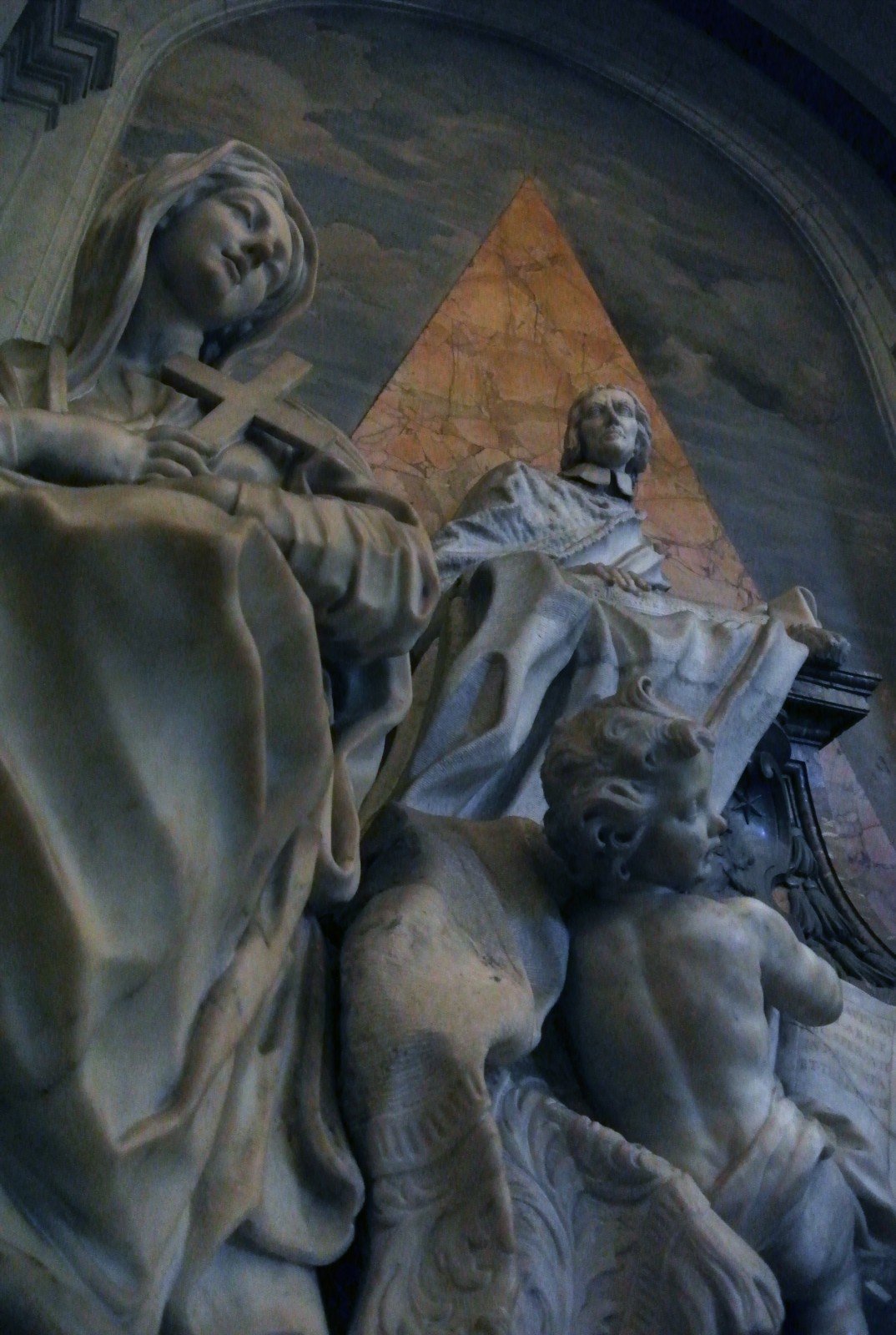At Santa Maria Maggiore in Rome to realize that no beauty can flourish if flourishing is forbidden
- Santa Maria Maggiore, Rome.
- Santa Maria Maggiore, Rome.
- Cosmatesque floor, XII cent., Santa Maria Maggiore, Rome.
- Giuliano da Sangallo, Roof, XVI cent., Santa Maria Maggiore, Rome.
- Filippo Carcani, Monument to Agostino Favoriti, 1685, Cappella Paolina, Santa Maria Maggiore, Rome.
- Filippo Carcani, Monument to Agostino Favoriti, 1685, Cappella Paolina, Santa Maria Maggiore, Rome. Detail.
- Cappella Paolina, 1605-1611, Santa Maria Maggiore, Rome.
- Cappella Paolina, 1605-1611, Santa Maria Maggiore, Rome.
- Francesco Mancini, Natività, XVIII cent., Santa Maria Maggiore, Rome.
- Cappella Sistina, 1584-1587, Santa Maria Maggiore, Rome.
Santa Maria Maggiore’s Cathedral in Rome has been the first Roman church dedicated to the Holy Mary. A legend says that it was founded on 5 August 356 by Pope Liberto after a miraculous summer snowfall. Actually the ruins of an older building from the age of Emperor August have been discovered under the church between 1966 and 1971.
Like various Italian historical buildings, also Santa Maria Maggiore is the result of many additions and restorations. The magnificent cosmatesque floor is from the XII century, a hundred years later Pope Niccolò IV rebuilt the apse and decorated the new transept with mosaics, and cardinal Guglielmo d’Estouteville added the vaults at the aisles; Alessandro VI asked to Architect Giuliano da Sangallo for a new lavish ceiling, covered with the first gold come from America; the lateral chapels have been erected during the XVI century; Paolo V required the new building on the right side of the facade (1605), Clemente X restored the exterior of the apse and then Clemente XI built a second new building on the left side of the facade.
Pietro Cavallini, Cimabue, Giotto, Arnolfo di Cambio, Piero della Francesca, Domenico Beccafumi, the Sodoma, Michelangelo (who probably designed the Sforza’s Chapel), Guido Reni, Pietro Bernini are some of the artists who worked there.
Unfortunately, in order to preserve its beauty, nowadays Santa Maria Maggiore is a ultra-protected historical monument and nobody is allowed to add anything else. In the name of the historical value, the real reason for its beauty is lost.
January 23, 2014










